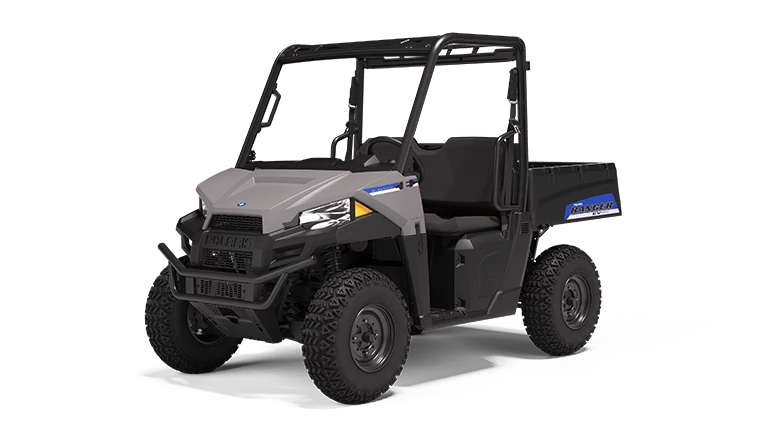- Joined
- May 13, 2021
- Messages
- 1,987
Need a little help from someone smarter than I am. lol I know that wouldn't take much! lol
I inherited a couple Fluke meters some while back. With all this battery stuff going on I decided to dig them out. Got new batteries in and the multi meter reads different than my trusty old NOT CHEAP HF multi-meter. I bought their most expensive unit many many years ago and have used it since. Now this Fluke meter is probably about the same age but Fluke is supposed to be one of the best if I'm not mistaken. How can I find out which one is correct? My old HF meter reads these cells at 3.37 - 3.38 and the Fluke reads them at 3.412. I KNOW .04 of a volt isn't that great a difference but I would like to KNOW not guess. Any ideas?
I inherited a couple Fluke meters some while back. With all this battery stuff going on I decided to dig them out. Got new batteries in and the multi meter reads different than my trusty old NOT CHEAP HF multi-meter. I bought their most expensive unit many many years ago and have used it since. Now this Fluke meter is probably about the same age but Fluke is supposed to be one of the best if I'm not mistaken. How can I find out which one is correct? My old HF meter reads these cells at 3.37 - 3.38 and the Fluke reads them at 3.412. I KNOW .04 of a volt isn't that great a difference but I would like to KNOW not guess. Any ideas?
Last edited:




